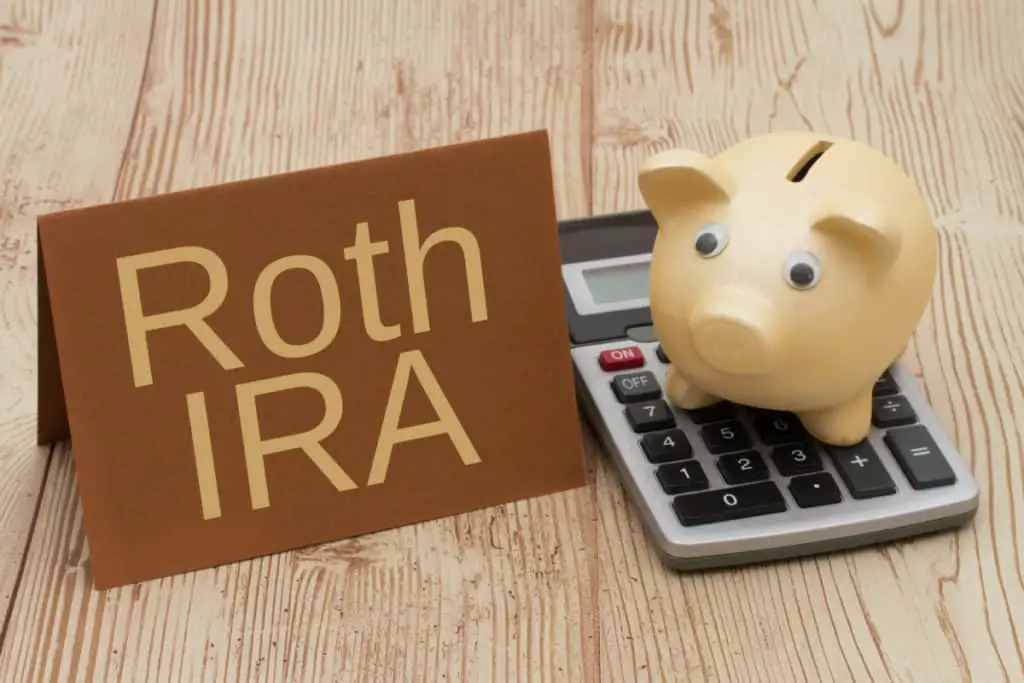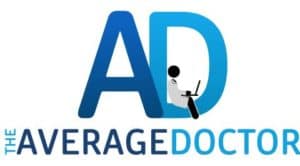
Most doctors are not eligible to invest directly into Roth IRAs due to salary limits. Direct Roth contributions are not available to individuals with mean adjusted gross income (MAGI) above $140,000 or married couples filing jointly with MAGI above $208,000 (tax year 2021). The majority of physician incomes are above these limits.
What Is A Roth IRA?
For many people, it’s difficult to understand what a Roth IRA is and why it’s an important tool for investing. Hopefully, reading this will help.
A Roth IRA is simply a tax-protected investment account. It can be broken down into two parts, “Roth” and “IRA”.
An IRA is an individual retirement account. In contrast to an employer-sponsored retirement account like a 401k or 457b, you do not need to be employed to open or fund an IRA. It is also different from a taxable investment/brokerage account in that it’s a retirement account, or in other words, there are tax benefits to investing your money in an IRA.
“Roth” is one of the two ways an IRA can provide tax benefits. The other being “traditional”.
Investing in a traditional IRA provides pre-tax benefits. Every dollar you invest in the traditional IRA is tax-deductible before it goes into the account. However, these dollars are taxed when you take them out of the account.
Roth contributions, instead, provide post-tax benefits. You earn a dollar, it gets taxed, and then you invest it in your Roth IRA. Those investments grow over time, and you pay zero taxes when you take them out when you retire.
All together, if we combine Roth and IRA, we get an individual (not employer sponsored) retirement account with post tax benefits. That’s a Roth IRA.
Are Roth IRAs Good For Doctors?
I think we can all agree that paying less in taxes is a good thing, right?
That’s exactly what a Roth IRA does for you.
Without a retirement investing vehicle like an IRA, you would pay taxes twice on your retirement investments. First, you would pay income taxes on the money you earn before you invest it. Then you would pay capital gains taxes on the investment returns when you take money out of investments.
With a retirement account, you take away one of those two taxable events. In the traditional IRA, the taxes on the way in and in the Roth account, taxes on the way out.
Now, there are plenty of arguments in favor of the traditional account over the Roth account, and there are plenty of arguments in favor of the Roth account over the traditional account. Exactly which account is best for you depends on your individual circumstances. Your income, your future earnings/employment, and your risk tolerance.
But let me show you one of the greatest arguments for the Roth: Peter Thiel
In 2021, it was reported that Peter Thiel turned $2,000 into $5,000,000,000 in just over 20 years by using a Roth IRA.
How?
By purchasing shares of PayPal for $0.001 per share in 1999, now worth $188/share at the time of writing this post, Thiel made billions. And his money grew completely tax free because he held those shares in a Roth IRA.
Now, Peter Thiel is an extreme example of how to use your Roth IRA. Turning your Roth IRA into billions of dollars is significantly less likely.
What’s more likely for mere mortal non-billionaires like us doctors is that the Roth IRA will help us pay less taxes in retirement.
Through a combination of traditional investments through employer 401k, 403b, and 457 accounts, after-tax benefit Roth IRA accounts, and regular ol’ taxable accounts, you’ll be able to significantly lower your tax bill in retirement.
That may not sound as exciting as making billions of dollars, but it can be the difference between a major tax bill or a zero tax bill in your future.
So when possible, it’s a good idea to invest in a Roth IRA.
Can Doctors Open A Roth IRA?
Roth IRA Income Limits
As with other retirement accounts, you can’t invest infinite dollars in your Roth IRA. There are limits to how much you can invest. And those limits depend on your income and tax filing status. 2021 Roth IRA contributions are below:
For Married filing jointly:
| Modified Adjusted Gross Income | Roth Contributions |
| <$198,000 | $6,000 |
| >$198,000 but <$208,000 | Reduced |
| >$208,000 | Zero |
And for single filers:
| Modified Adjusted Gross Income | Roth Contributions |
| <$125,000 | $6,000 |
| >$125,000 but <$140,000 | Reduced |
| >$140,000 | Zero |
With the average primary care provider making $243,000, according to the 2020 Medscape Physician Compensation Report, the vast majority of physicians will qualify for ZERO Roth IRA contributions.
But that’s not the end of the Roth for doctors.
How To Invest In A Backdoor Roth IRA
Thanks to a little tax loophole known as the backdoor Roth IRA, high income earners like doctors are still able to contribute to Roth IRA accounts. It works by first contributing to a Traditional IRA and then converting those dollars into a Roth IRA. As of 2021, you can contribute up to $6,000 into your Roth IRA using the Backdoor Roth.
And if your company 401k/403b plan allows for (1) after tax contributions and (2) in service transfers/withdrawals, you could potentially contribute over $30,000 per year into your Roth IRA with something known as the MEGA Backdoor Roth. But that’s a topic for another blog post.
It’s worth noting that the backdoor Roth IRA is only possible due to a loophole in tax law. And at the time of writing this blog post, there is plenty of discussion about closing that loophole with 2022 tax law legislation. If that happens, access to the Roth IRA will be completely closed off to most physicians (although it’ll still be an excellent investment vehicle for residents). And I’ll have to update this blog post.
But until then, the indirect Roth IRA remains available to physicians. Investing in a backdoor Roth is an excellent way for physicians to take advantage of after-tax retirement account benefits. And it’s incredibly easy to do through a broker like Vanguard.
